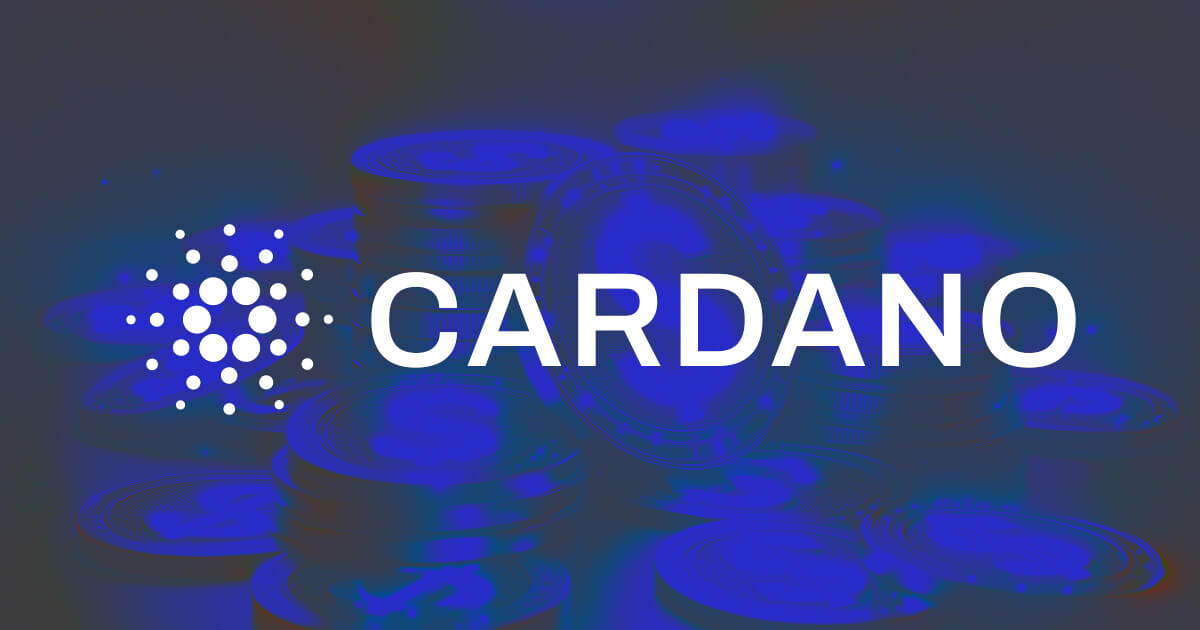
MicroStrategy is having a year Wall Street won’t forget. Its stock, MSTR, has skyrocketed past every S&P 500 company.
It has outperformed tech darling Nvidia by almost threefold year-to-date. But here’s the thing. MicroStrategy’s revenue is just $116 million per quarter.
Last week, trading volume on MSTR exploded to $136 billion, a figure that even GameStop, during its meme-stock frenzy, couldn’t touch. People are asking if this is the hottest investment of the year or the makings of a bubble.
MicroStrategy’s playbook: Borrow, buy, repeat
MicroStrategy’s annual and quarterly revenue has been on a steady decline since 2010. Forget analytics software — its core offering has become irrelevant. Instead, the company has turned into a Bitcoin-holding machine, and this shift is both fueling its rise and stoking fears of a collapse.
MicroStrategy has become a proxy for Bitcoin. The company borrows money through convertible notes, takes the cash, and buys Bitcoin. As Bitcoin’s price rises, so does the perceived value of MicroStrategy’s assets.
This sends MSTR soaring, allowing the company to issue new shares at inflated prices and buy even more Bitcoin. It’s a rinse-and-repeat model that seems to have no end in sight — until of course, it does.
Just last week, MicroStrategy’s executive chairman, Michael Saylor, announced a $3 billion convertible note offering. These bonds come with a 0% coupon, meaning investors are lending money without earning any interest.
The notes have a strike price of $672, a 55% premium over the stock’s current price. The only way investors profit is if MSTR breaks through that $672 ceiling.
If you think that sounds crazy, you’re not alone. These notes are effectively a call option on MSTR stock with a 2029 expiration date. For comparison, MSTR options with a $670 strike price expiring in January 2027 are trading for about $230.
That’s a 55% premium for options expiring two-and-a-half years earlier than the bonds. In that context, the bonds might seem like a deal—if you believe the hype.
Critics argue that everything connected to MSTR, from its stock to its options, is wildly overpriced. The implied volatility on those $670 calls, which expire in 782 days, is 107%. For reference, that’s absurdly high. There’s no cheap way to bet on this stock, and that has skeptics sharpening their knives.
Michael Saylor’s Bitcoin evangelism
Saylor is Bitcoin’s loudest corporate champion. He addressed critics on Twitter Spaces, saying the bonds appeal to investors like 401(k) funds that can’t buy Bitcoin directly. For them, MSTR offers a way to get exposure to Bitcoin without holding it outright.
Some call this a Bitcoin premium, but Saylor rejects that label. He likens MicroStrategy to oil companies, arguing that just as crude oil must be refined into gasoline, MSTR “refines” Bitcoin into a tradable asset for institutional investors. His fans eat this up, but not everyone’s convinced.
The company’s model boils down to borrowing cheap, buying Bitcoin, and using the stock’s inflated value to rinse and repeat.
Bulls see this as revolutionary, a roadmap for other companies to integrate Bitcoin into their balance sheets. Bears call it reckless, comparing it to a Ponzi scheme that could collapse when cheap debt is no longer available. The stakes are high. MicroStrategy’s strategy has made it a stock market phenomenon.
Land a High-Paying Web3 Job in 90 Days: The Ultimate Roadmap











